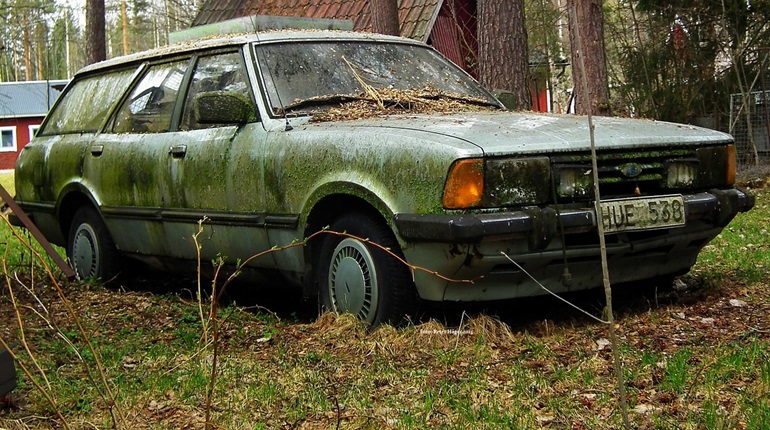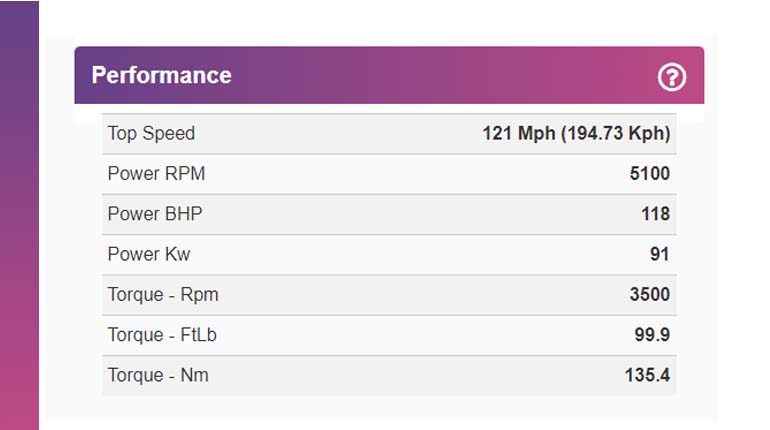We all feel stuck at some point in our life. A single break and a long stretch of endless road is all we need to come out of that sticky web of daily life.
Hence, road trips have become common among the modern workforce, who are looking for a short yet refreshing break.
Whether it’s the weather, the people, good roads, or places you love, you can load up your car and hit the highway for a road trip!
However, all your best planning will be for nought if you can’t depend on your car. Furthermore, your car must have enough space to accommodate your loved ones, luggage and essentials for the getaway.
Therefore, this post will help you make a list of all the changes and checks you need to make to get your car road trip ready!
Table of contents
How to get your car ready for a road trip?
Given below are some of the most important tips that will help you get your car ready for the next road trip—
1. Check your car’s fluid levels
When preparing a car for a long trip, ensure all essential fluids are checked, including engine oil, brake fluid, power steering fluid, coolant, and transmission fluid.
However, if these are low or empty, take the car to a mechanic for diagnosis and repair. If there are no leaks, fill some fluids at home, such as checking coolant levels.
Moreover, when adding fluids, you must always use products that meet the owner’s manual specifications. This is due to the possibility of sealed automatic transmissions without dipsticks in more recent models and potential fluid less electric power steering.
2. Organize and add extra space
No one-size-fits-all solution exists for the best vehicle for a cross-country or shorter road trip.
However, smaller vehicles are generally better for holding gear, gaining better gas mileage, and making parking easier. Therefore, you can add vw transporter conversions to secure storage.
A hatchback or wagon may be a better option if you plan to sleep in the vehicle. A big Sprinter van provides headroom, storage, and space but is rear-wheel drive, making it a non-starter in icy, snowy, or muddy conditions.
For most people, a compact SUV is the best balance. However, you must consider a four-wheel or all-wheel drive vehicle for rough roads.
This offers more possibilities for exploring and camping and strikes a balance between storage space, gas mileage, and mobility.
3. Check tyres and pressure
To ensure a safe driving experience, check tyre tread depth and air pressure during summer. Avoid driving on slick, wet roads without tyre treads.
If necessary, fill the tyre with air, but avoid overinflating. Therefore, check the manual for recommended air pressure and ensure you have the tools and parts to change a flat tyre.
Moreover, inspect all four tyres and the spare tyre for gouges, cuts, or sidewall bulges.
For a checking hack, you can insert a quarter into the grooves to check the tyre tread. Next, if you look at the top of George Washington’s head, it’s time for new tyres.
Lastly, check tyre pressure after idling and cooling the car.
4. Check all the lights in your car
Test each set of lights in your car, including brake lights, headlights, fog lights, high beams and directional lights. Turn on the lights and inspect them to ensure all bulbs are working. Test brake lights with a friend, ensuring both lights are working properly. Replace burned-out bulbs as needed.
However, if windshield wipers need to be fixed, replace them every six months. Inspect your vehicle’s air conditioning and horn. Take extra notice if the air conditioning unit isn’t producing as much cold air as it once did.
On the other hand, if the air conditioner isn’t functioning properly, consider having it serviced by a mechanic, especially during warm weather.
5. Make sure the air filters work
Air filters in cars are essential in preventing dust, debris, and insects from entering the engine and interior.
Therefore, replace your car’s air filters for the cabin and engine annually, around 10,000-15,000 miles or every 12,000-15,000 miles.
These filters are inexpensive and easy to change but should be replaced if necessary. If the air conditioner isn’t working, take the car for a test drive and have the cabin filter inspected and replaced.
However, if the air filters are clogged, it can affect engine performance, fuel economy, and interior air quality.
6. Clean your car’s cabin
Before embarking on a road trip, it’s important to prioritise cleaning your car’s interior to avoid unpleasant encounters.
To ensure a comfortable ride, pay special attention to frequently used areas such as seats, floor mats, storage compartments, and dashboard controls.
Avoid any unwanted spills by ensuring that cupholders are free of grime and debris.
Additionally, it’s crucial to clean the trunk to prevent any damage to your luggage or souvenirs. Remember to wash the exterior of your car, as bugs and bird droppings can corrode the paint.
7. Smoothen your brakes
Before embarking on a road trip, ensuring your car’s brakes are in good condition is important. They must not show any signs of wear or damage.
This can help you avoid any potential issues while on the road.
Moreover, road trips often involve long distances in varying terrains and weather conditions, which can strain the brakes.
8.Carry emergency signs
A roadside emergency kit is crucial when going on a road trip. Your list should include the following items:
- First-aid supplies.
- Water.
- A flashlight.
- Snacks.
- A phone charger.
- Emergency flares.
- A basic tool kit.
Drivers should use four-way flashers, wear reflective gear, and carry emergency triangles with the reflective side facing oncoming traffic for increased visibility.
Drivers must carry three emergency triangles within 10 minutes of stopping and keep them in the passenger-side box.
Triangle placements vary depending on the situation and are arranged to let oncoming traffic see a stopped truck from a distance while still permitting lane changes or slowing down.
Start your road trip!
Therefore, as we already discussed, car care is necessary for an enjoyable road trip. Before starting your journey, your attention helps prevent issues that could ruin your adventure.
Considering the above preparatory points will ensure a hassle-free trip if you’ve been on the road for years or are planning a road trip for the first time.
However, you must also check all your car papers, such as your license and pollution checks, and cover everything under a good insurance plan.








